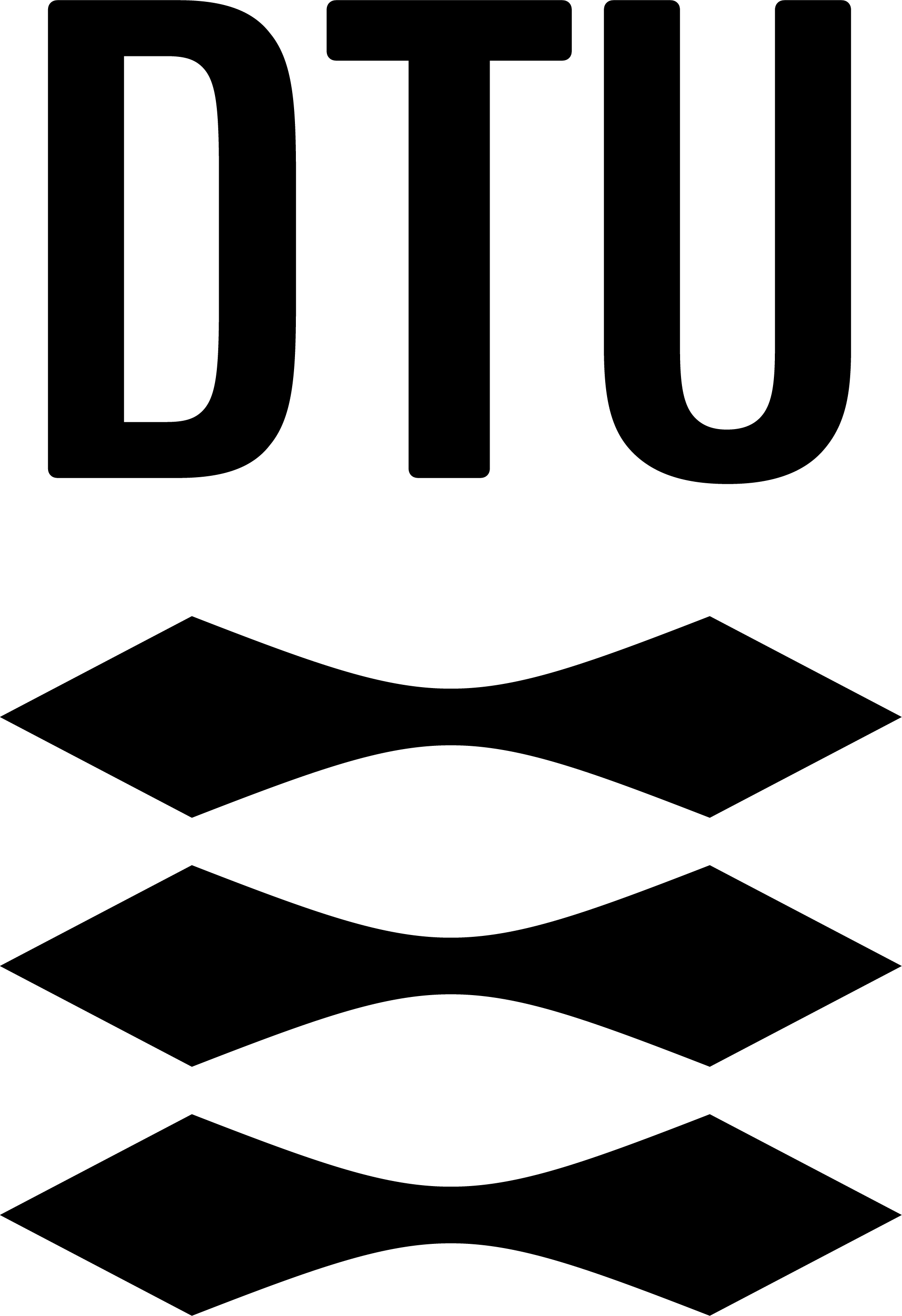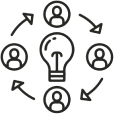Negative Brainstorming Add/remove
Purpose:
The purpose of this method is to ideate upon the overall problem and generate a lot of ideas to further develop. This brainstorming technique takes the participant through different stages that enhances the creativity.
Tips to include participants who are not able to:

See
verbally let the participant with the limited sight know what ideas the other participants are writing down, as well as how the template is forming.

Move

Hold

Think
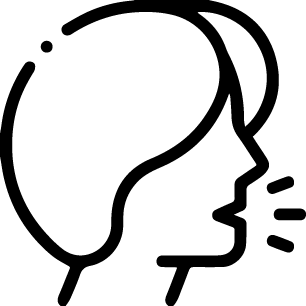
Speak
Drawing ones ideas to further enhance communication is also possible.
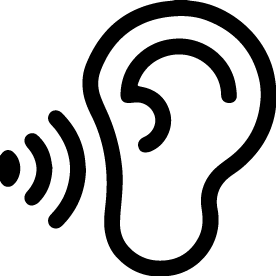
Hear
Drawing ideas from brainstorming to further enhance communication is also possible.

Focus
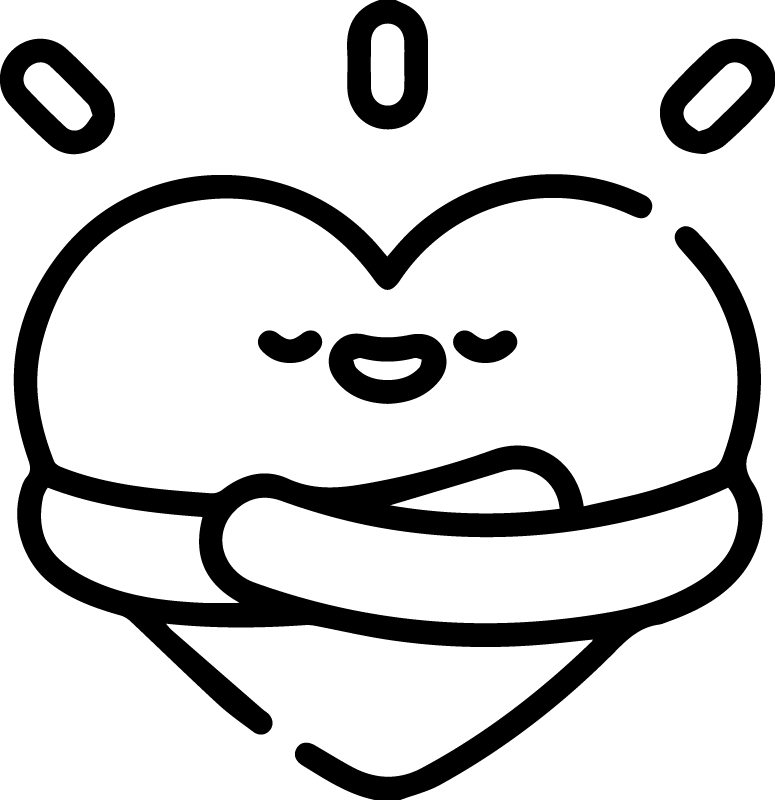
Belong

Touch
Overview
Input
A problem to explore
Output
Multiple ideas for how to accommodate the problem
Complexity
Moderate
Time
25-35 min
Participants
2-15
Activity
Core abilities:
- Think in a somewhat complex matter where ideas a flipped around
- Reading/writing
- Communicating with a partner
Step by step:
Divide the participants in pairs of 2 or 3 and hand out post-its, templates and pens.
Explain the method by showing an example that has a problem not related to the scope of the workshop.
Provide the participants with the overall problem and make sure they understand it.
Make the participants reformulate the problem statement into a negative problem statement.
Ask the groups to brainstorm individually on negative ideas for the negative problem statement. The ideas should be written/drawn on post-its. One post-it per idea.
Ask the participants to describe the negative ideas to the rest of the group.
In pairs: Each pair selects one bad idea and considers the following:
- What makes this a bad idea? Which elements make it bad?
- Which elements make it a good idea? (Try to identify some good elements, there are always some to be found in the bad ideas)
- Turn the bad idea into a good idea.
Each group present their ideas.
When doing this method you should consider:
The time range may differ depending on the type of participants. If the participants are cognitive challenged more time would be needed.
Engage with the participants if you see that a group is not as productive.
Engage the participants by saying “Oh that is so funny or a good idea”. This shows your participants that they are doing good.
Negative ideas are not necessarily bad ideas. The idea is to challenge the participants into thinking in a different way. Oftentimes, reversing the ideas can have a positive impact on the participants level of creativity.
Materials needed:
- A template for each group
Pens
Post its
Timer

